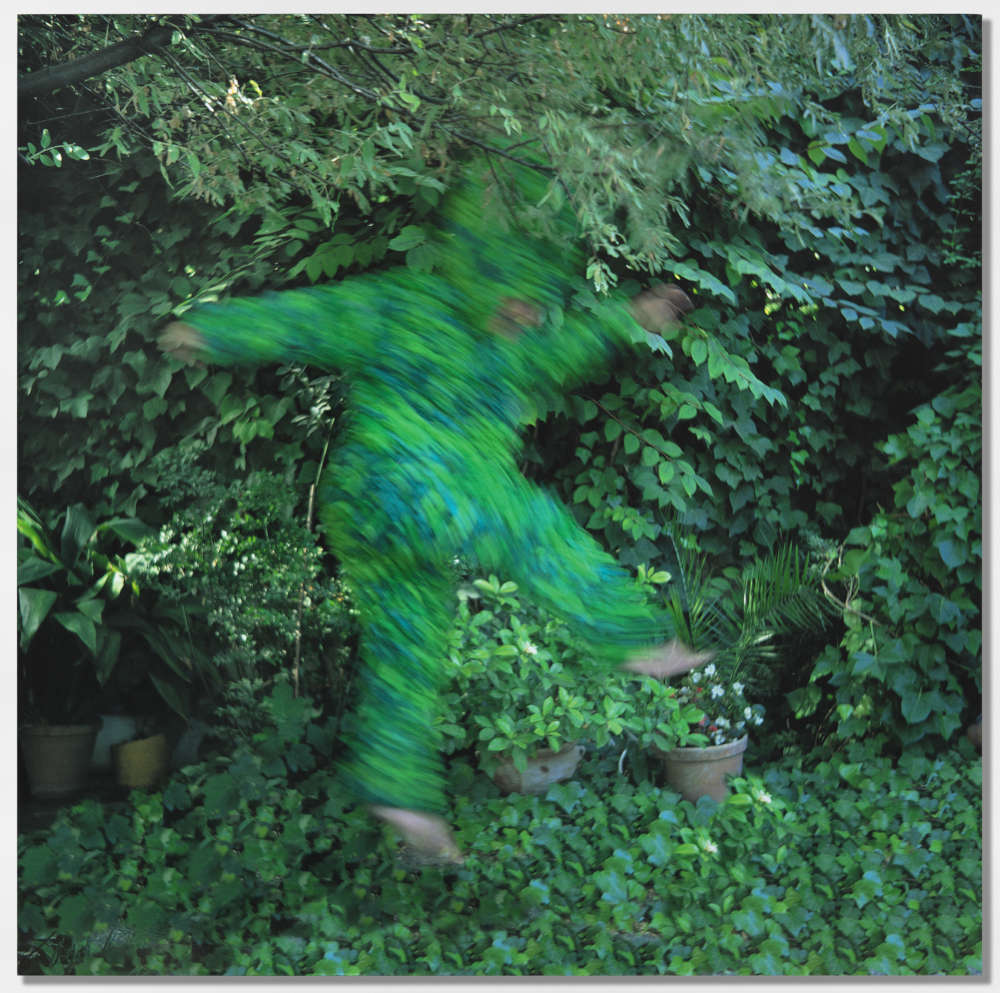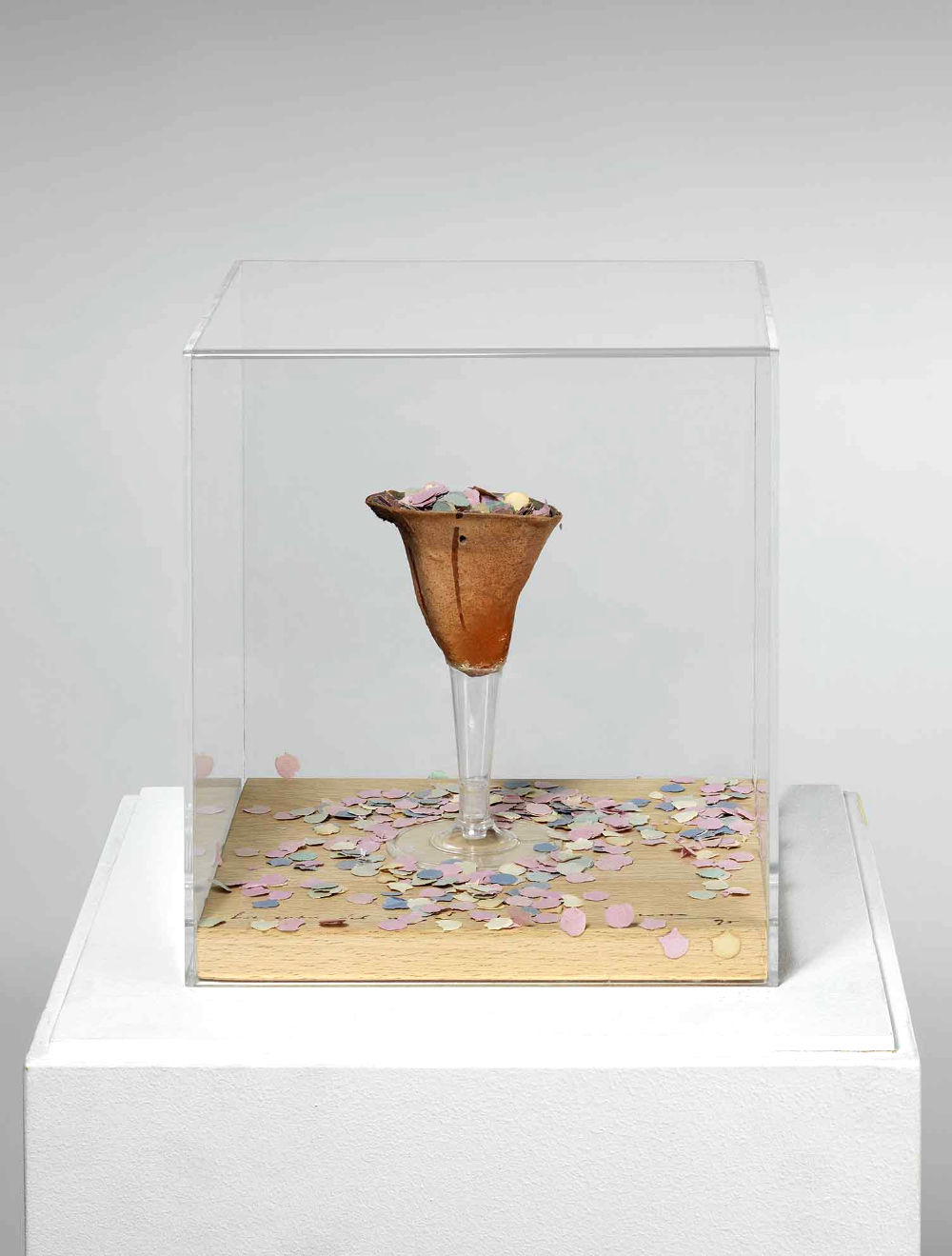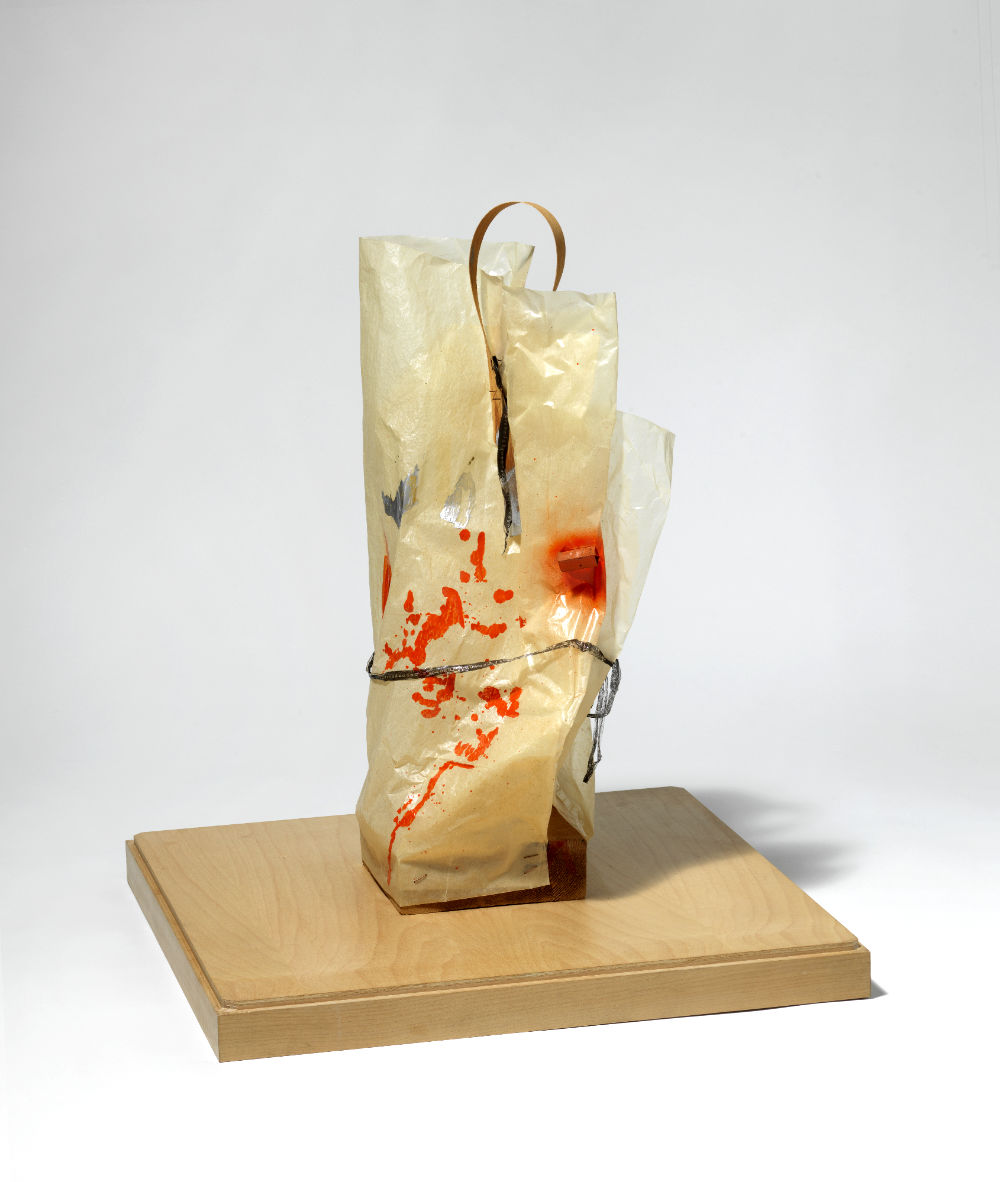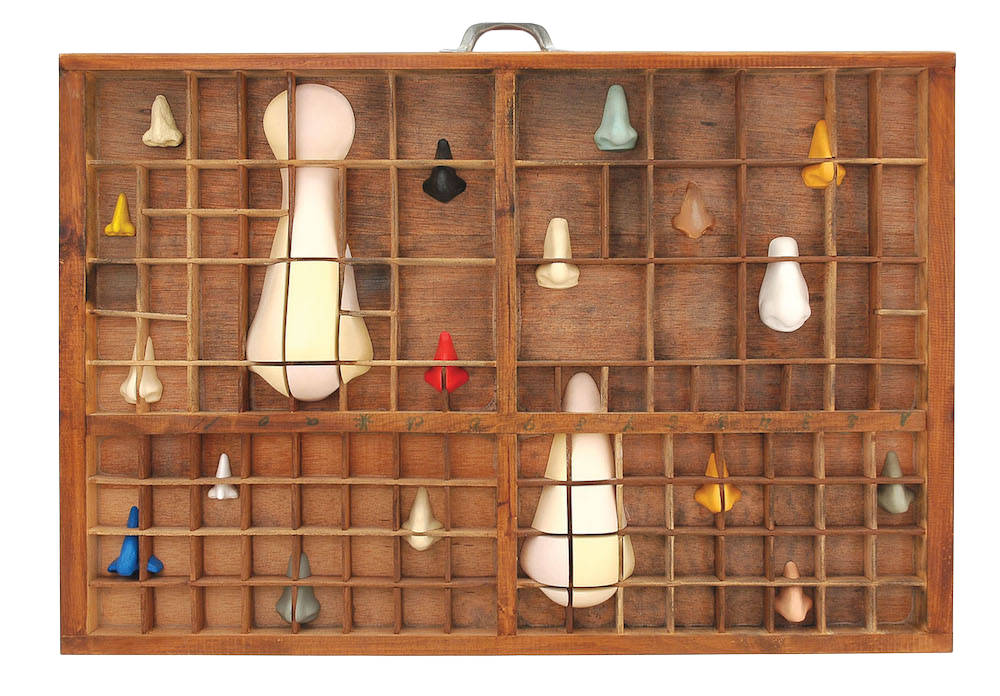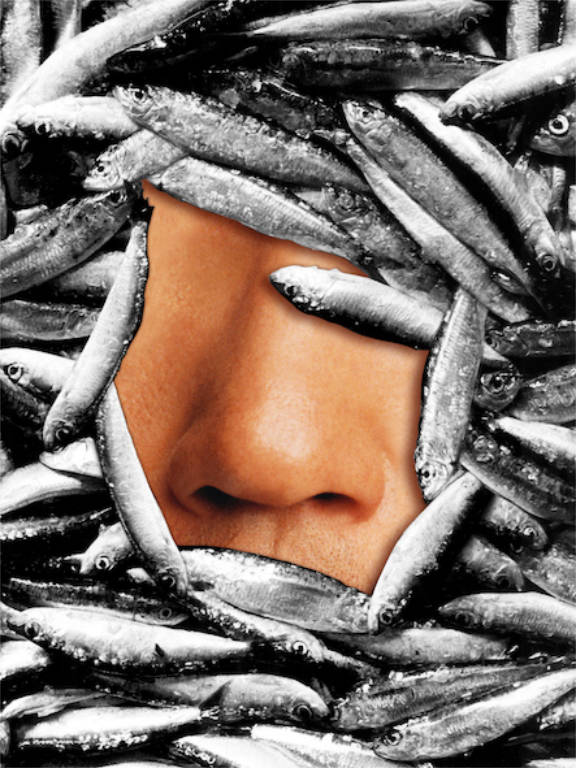
Text relating to smell and the work of Jonathan Callan
Jonathan Callan manipulates materials to reveal something more of themselves than what is immediately obvious. His generic misuse of books is perhaps generated by his interest in those moments of engagement with the world where words are of no use.
I met Jonathan Callan in 1980, when we studied Fine Art together at Goldsmiths’ College. We both had an interest in alternative gallery spaces and so, with several other artists, we set up a space and some living quarters in a number of old houses near Goldsmiths’. What we showed in this alternative space was quite inconsequential compared to the experience of working on this derelict house and making it habitable again.
It was obvious form the start that Jonathan had a great facility with building materials. The house stank of damp rotting plaster and every morning we would wake to this potent odour and old dust in our nostrils. My enduring memory was the transformation of the house over the period of a year.
Gradually the house and Gallery were finished and the smell of fresh plaster and sawn pine replaced the smell of decay. Jonathan took enormous pleasure in that transformation and the use of builder’s tools and materials persists in his work to this day. The books are transformed into miniature sites of almost archaeological evisceration. Jonathan’s studio is conveniently situated near a local flea market, a place where he gets most of his old books to use as raw material for his current series of works.
Jonathan’s studio has a clear plastic roof which allows in a lot of light and during the summer it can get really hot in there. The heat warms the damp old books, sawn wood and plaster dust. These “perfumes of transformation” are something I associate with Jonathan Callan and his work. Dust and old things revived living a new life under a new assumed name: ART!
Paul Hedge, Director, Hales Gallery, London
